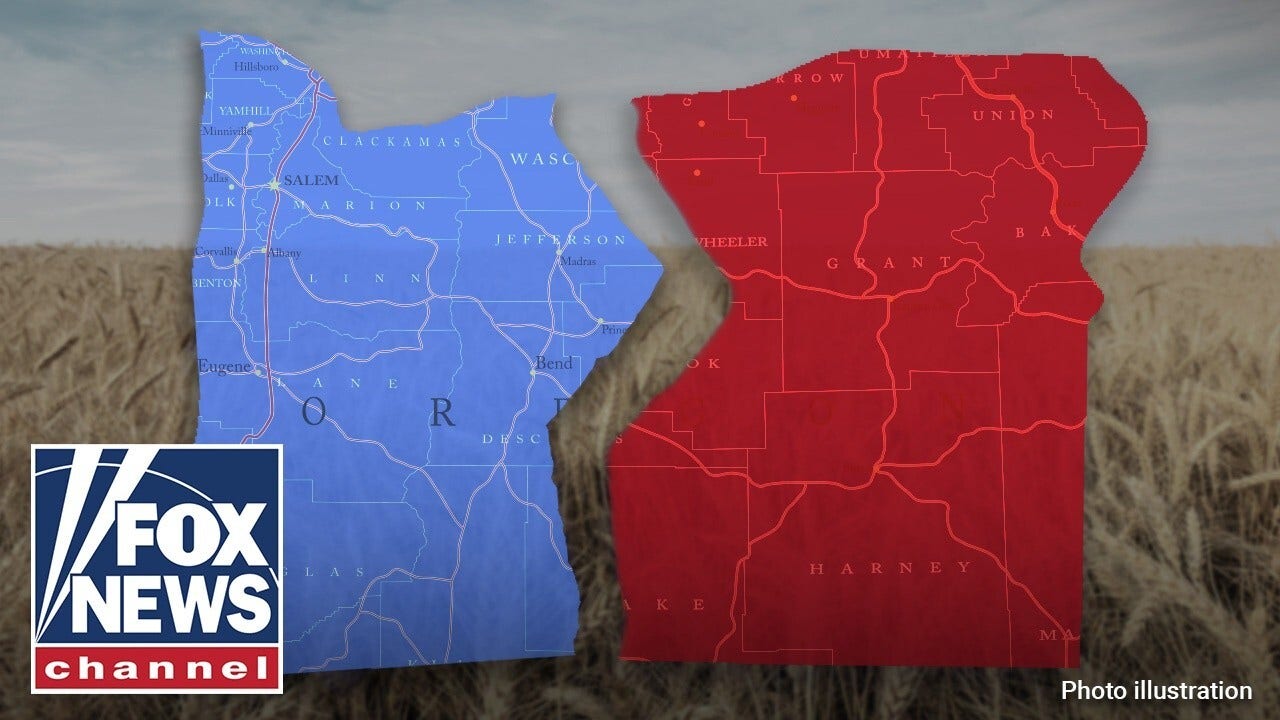Effort in ‘red’ swath of Oregon to join Idaho gets new life, as political secession has had mixed results

In 2020, Oregon made headlines during the anti-police riots as protesters vandalized Portland and clashed violently in front of the Mark Hatfield Federal Courthouse. However, the conservative majority in the eastern two-thirds of the state did not share the same ideological views as their urban counterparts. This led to the formation of the Greater Idaho movement, which aimed to have about 13 counties secede from Oregon and join the neighboring conservative state of Idaho.
Over the past few years, the Greater Idaho movement has gained momentum, with various counties in Oregon voting on measures to join Idaho. Recently, Republican lawmakers in Oregon introduced a bill in the state legislature to create a task force to study the implications of moving the border. State Rep. Mark Owens proposed HB 3844, which would require a report to be presented to lawmakers in Salem documenting the impacts of relocating the border.
Greater Idaho president Mike McCarter expressed optimism about the movement, stating that it was about giving a voice to the people of Eastern Oregon and providing them with the governance they desire. Executive director Matt McCaw emphasized the importance of honoring the voters’ wishes and moving forward with the border change.
Proponents of the border shift believe that both states would benefit from the change, as it would align the political views of the residents with the majority in each state and reduce political tensions. Similar movements have been seen in other states, such as Illinois and Iowa, where counties are seeking to align themselves with neighboring states that share their political beliefs.
While the idea of secession or redrawing state lines is not new, successful movements have been rare. The example of West Virginia, which seceded from Virginia during the Civil War, demonstrates that such changes are possible but challenging. In New York City’s Staten Island, there has been a long-standing movement to break away from the city and establish itself as a separate entity.
Efforts to secede from New York City have been ongoing for decades, with residents feeling disconnected from the rest of the city. Despite a referendum in 1993 in which Staten Island residents voted overwhelmingly to secede, their desires were thwarted by the Democratic majority in Albany. The recent push for secession has been fueled by frustrations over city policies, such as congestion pricing, that disproportionately affect Staten Island residents.
As the debate over secession and border changes continues in Oregon and New York, it remains to be seen whether these movements will gain traction and lead to significant changes in state boundaries. The unique challenges and complexities of such endeavors will require careful consideration and negotiation to ensure a smooth transition if they were to be successful.




